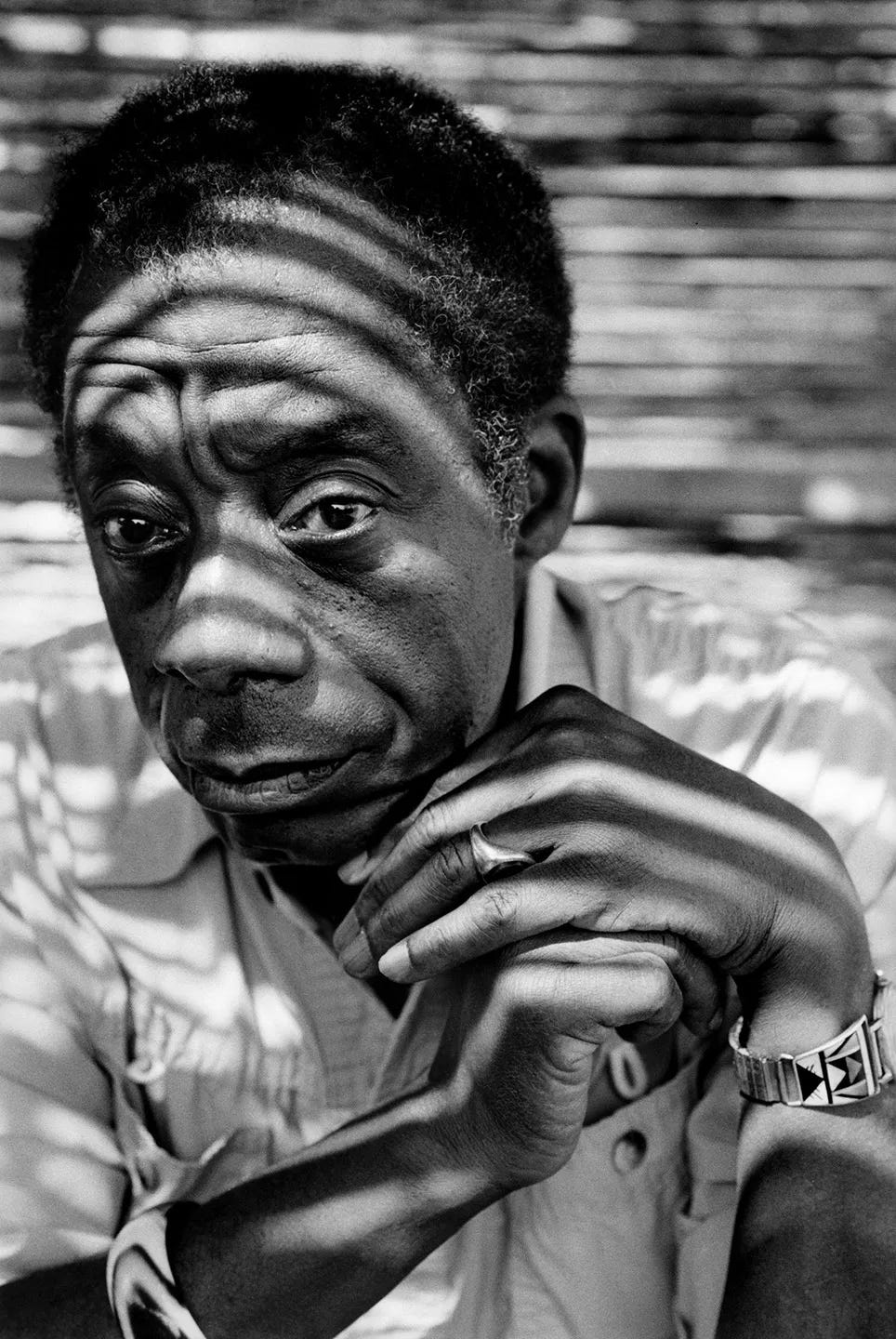Discussing Baldwin's "Notes of a Native Son"
THE INTERIOR GAZE: WEEK ONE
In this first week of THE INTERIOR GAZE we are reading and discussing James Baldwin’s “Notes of a Native Son” and Phillip Lopate’s “Writing Personal Essays: On the Necessity of Turning Oneself Into a Character.” I also included two additional essays, both titled “Why I Write,” one by George Orwell and the other by Joan Didion.
All paying members will receive a chat thread after I post this— feel free to respond in this comment section or via the chat thread! All INTERIOR GAZE posts are open to all subscribers for this first week. They’ll be paywalled starting this coming Tuesday.
Anyone is welcome to join THE INTERIOR GAZE at any point by becoming a paying member of Navel Gazing. Next week we will read Jo Ann Beard’s “The Fourth State of Matter” and a visual piece on essay structuring.
Reading is an essential part of being a writer. When we read the work of others, we can ask ourselves: how does this piece of writing work? What choices did…
Keep reading with a 7-day free trial
Subscribe to Gathering to keep reading this post and get 7 days of free access to the full post archives.



